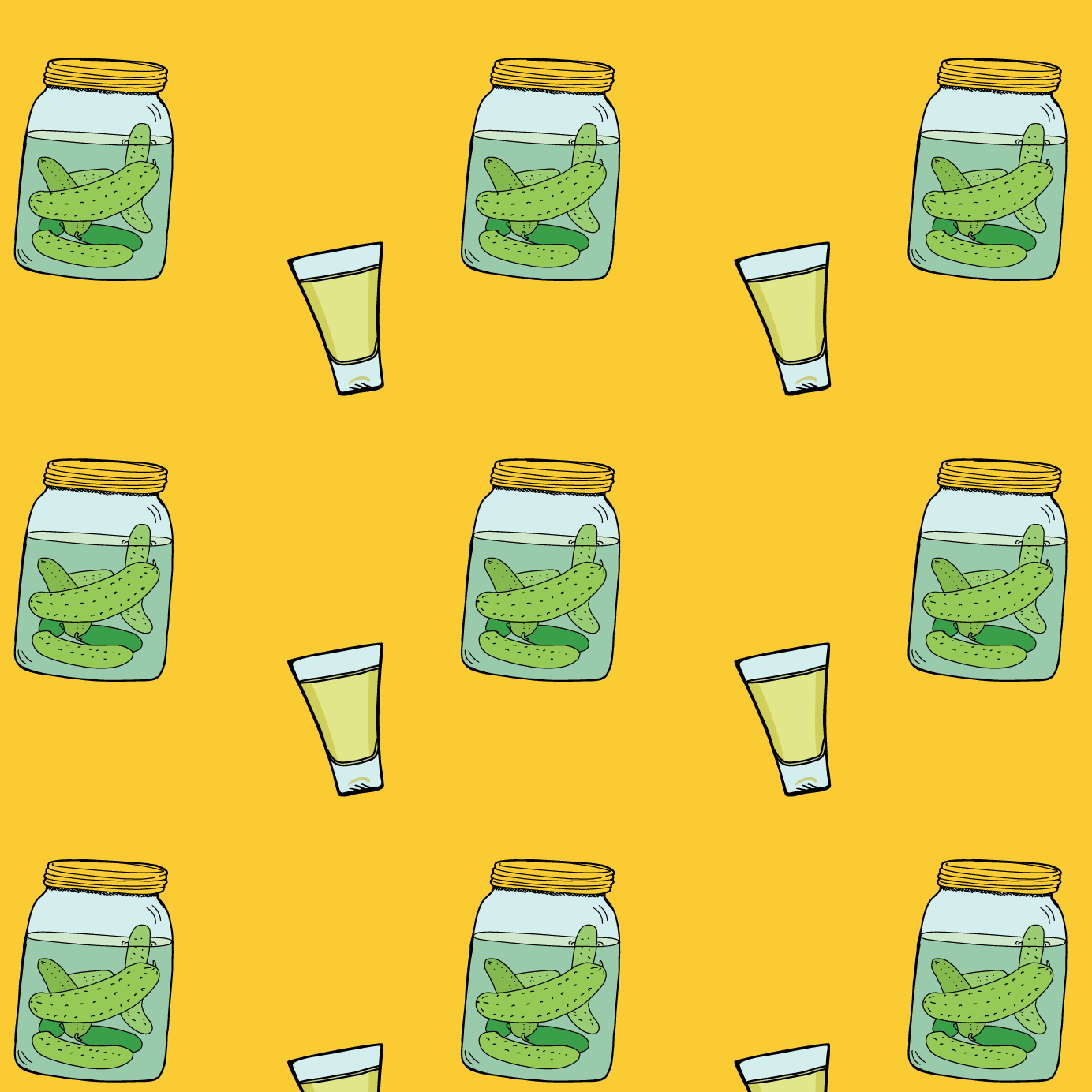
Let’s talk about hangovers.
Hangovers are like 10th grade math. They get more difficult, and then nearly impossible to deal with as we get older. Hangovers in your 30s are no longer a badge of honor from last night’s exploits; they’re a scarlet letter, a not-so-friendly reminder from the universe that you aren’t that young anymore.
Avoiding hangovers becomes a “Good Will Hunting”-type of equation as you age, a rich tapestry of densely competing concerns. Did I eat enough? Will I be okay if I have wine after that cocktail? What time do I have to wake up tomorrow? Nobody needs a shot, Matt.
Whether you are a 22-year-old who feels good as new after a greasy breakfast, or a drinker of a certain age for whom the all-day struggle is real, hangover cures abound. A Google search for “best hangover cure” reveals no fewer than 1.27 million results, ranging from water to herbal supplements to FDA-disapproved substances.
As you squint through the pain, you wonder: Is it B12? Bananas? Raw eggs? Cold-pressed juice? Greasy food? Is it… more booze?
Yes. As both a term and concept, the hair of the dog has been around for a while. John Heywood coined the term in a 1546 six-volume collection of writings titled, “A Dialogue Conteinyng the Nomber in Effect of All the Prouerbes in the Englishe Tongue, Compacte in a Matter Concernyng Two Maner of Mariages.” If you really feel like impressing no one at all, then go ahead and recite this Heywood ditty the next time a friend has enjoyed too much of the sacrament:
“I pray thee let me and my fellow have
A hair of the dog that bit us last night –
And bitten were we both to the brain aright.
We saw each other drunk in the good ale glass.”
Heywood’s term “hair of the dog” hails from an ancient remedy for rabies. According to extremely questionable science, the cure for a rabid dog bite was once believed to involve putting burned hair of said dog on the wound. I’m not a medical doctor, but I did used to be a lifeguard and strongly do not recommend this.
That said, many believe drinking a Bloody Mary or downing a beer first thing in the morning is the best way to cure what ails you, which, if you think about it, is kind of like treating a third-degree burn with more fire.
Which brings us to the pickleback, or pickle juice paired with a shot of whiskey. If it seems counterintuitive to put more booze into your system after putting too much in the night before, how about consuming booze alongside salty liquid, a known dehydrator? The concept strikes most of us former lifeguard types as an unlikely hangover preventer, yet that’s exactly what pickleback adherents claim.
“Pickle Brine is Why the Polish Don’t Get Hangovers,” Munchies wrote in 2017. “Why Pickle Juice is the Ultimate Hangover Cure, According to Science,” a Notre Dame undergrad posted on Spoon University two years prior.
Most drinking fads, unless they’re something like Four Loko, are based on longstanding traditions. Swigging pickle juice with your booze isn’t anything new. If you’re Russian, it’s practically required.
The pickleback shot became popular in America, however, in 2006, thanks to bartender Reggie Cunningham. The salty solution came to his attention one very hungover day when he was working at lovable Brooklyn dive, Bushwick Country Club.
Documented in what looks to be a found footage YouTube interview, Cunningham says that a woman from Florida with a raspy voice parked herself at his bar and asked for a shot of Old Crow bourbon with a side of pickle juice. Luckily for Cunningham, the now-famous McClure’s Pickles retailer was located just two doors down, and happened to be storing jars in the bar’s basement.
Served alongside a shot, the salty brine seemed to eliminate the taste of the whiskey, which certainly helps if you’re not into whiskey. Cunningham begrudgingly joined his patron for one pickleback shot, and then several more. There in that hazy moment a Brooklyn legend was born.
The pickleback craze exploded, becoming a bartender’s handshake of sorts. It spawned all sorts of salty variations, too. Tequila plus pickled watermelon. Pickled beet juice with vodka. Mezcal alongside pico de gallo juice. And a whole bunch more.
In addition to finding picklebacks delicious, advocates insisted that pickle brine served as a panacea to dehydration; that somehow the combination of water, spices, and cucumbers unlocks secret powers of re-hydration and muscle un-cramping.
The craze spread so far that a company even went as far as monetizing it as a Gatorade-esque sports drink. So the next time you’re parched after a hot day on the gridiron reach for a cold Pickle Juice Sport (picklepower.com).
*
But the real question is: Does it work?
And the short answer is: no.
Kevin Miller, PhD, of Central Michigan University, tackled the pickle juice postulation in a 2009 academic paper, “Electrolyte and Plasma Changes After Ingestion of Pickle Juice, Water, and a Common Carbohydrate-Electrolyte Solution.” The question he set out to answer is whether pickle brine (because of its sodium content) could effectively increase plasma electrolytes in a person experiencing exercise-associated muscle cramps. If so, it would make for a useful athletic supplement — and, thus, a helluva hangover cure.
Miller tested blood samples from nine men around the age of 25 (sorry, women) after they ingested small volumes of pickle juice, and determined that there was little to no change in the plasma sodium concentration. Large quantities? That’s a different story for a different study. “Ingesting greater quantities of pickle juice has the potential to increase plasma sodium concentration; however, the effect of such a practice is unknown,” he writes.
Sounds like a challenge.
